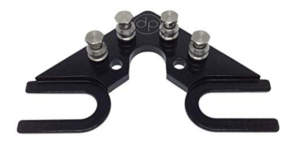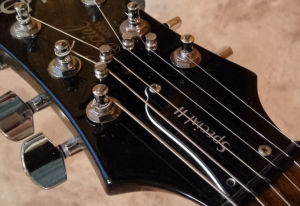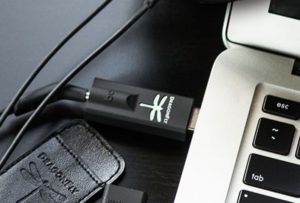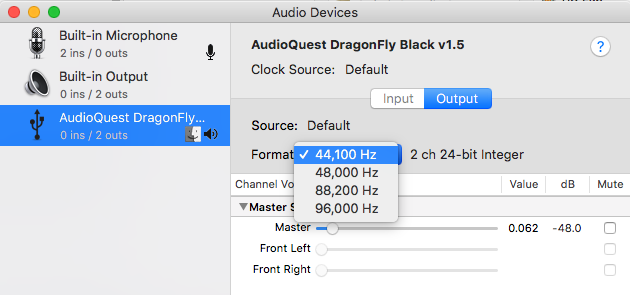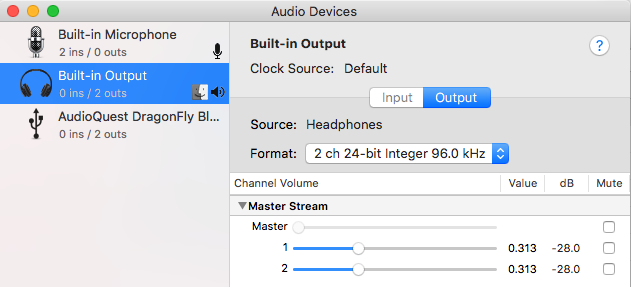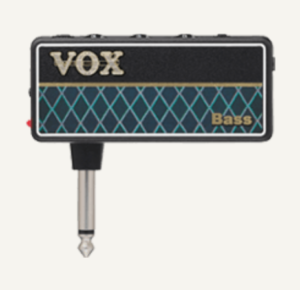 I received this little guy in error and almost sent it back. I’m very glad I didn’t! The VOX amPlug 2 is a slightly pricey but very fun headphone amp for practicing with some real analog circuit tone.
I received this little guy in error and almost sent it back. I’m very glad I didn’t! The VOX amPlug 2 is a slightly pricey but very fun headphone amp for practicing with some real analog circuit tone.
My musician neighbor recently found his long lost Metal amPlug and told me how much fun it was for practice and general jamming, so I ordered one from Amazon. What arrived a couple weeks later was the Bass version, and since these guys will in fact set you back around $40US I was about to send it back when I thought, hey let’s at least give it a shot.
Since it didn’t come with a manual, I didn’t know until I went to the VOX website that it not only has three gain settings (cycle select using the power button), but also a built in drum machine with three patterns and tap tempo! What!
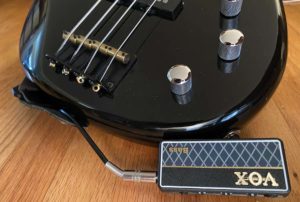
The amPlug 2 runs on two included AAA batteries and is just a hella fun way to quietly get your practice on. The tone is good, I like the ballsy primary setting, and the syncopated drum patterns are interesting enough to spur the imagination. I do recommend putting your headphone cord through your strap like you would a standard lead, in case it falls out while you jam.
I wasn’t sure if I’d like it but I definitely recommend it, and now I have the amPlug 2 Lead on order. Check the website, each of the VOX amPlug 2 have different specs and settings. Rock on!
VOX amPlug 2 Bass specs
- 1 x Aux Input Jack
- 1 x Headphone Jack
- requires 2 x AAA Batteries (included)
- On|Off|Standby, Volume, Gain, Tone, Beat Controls


